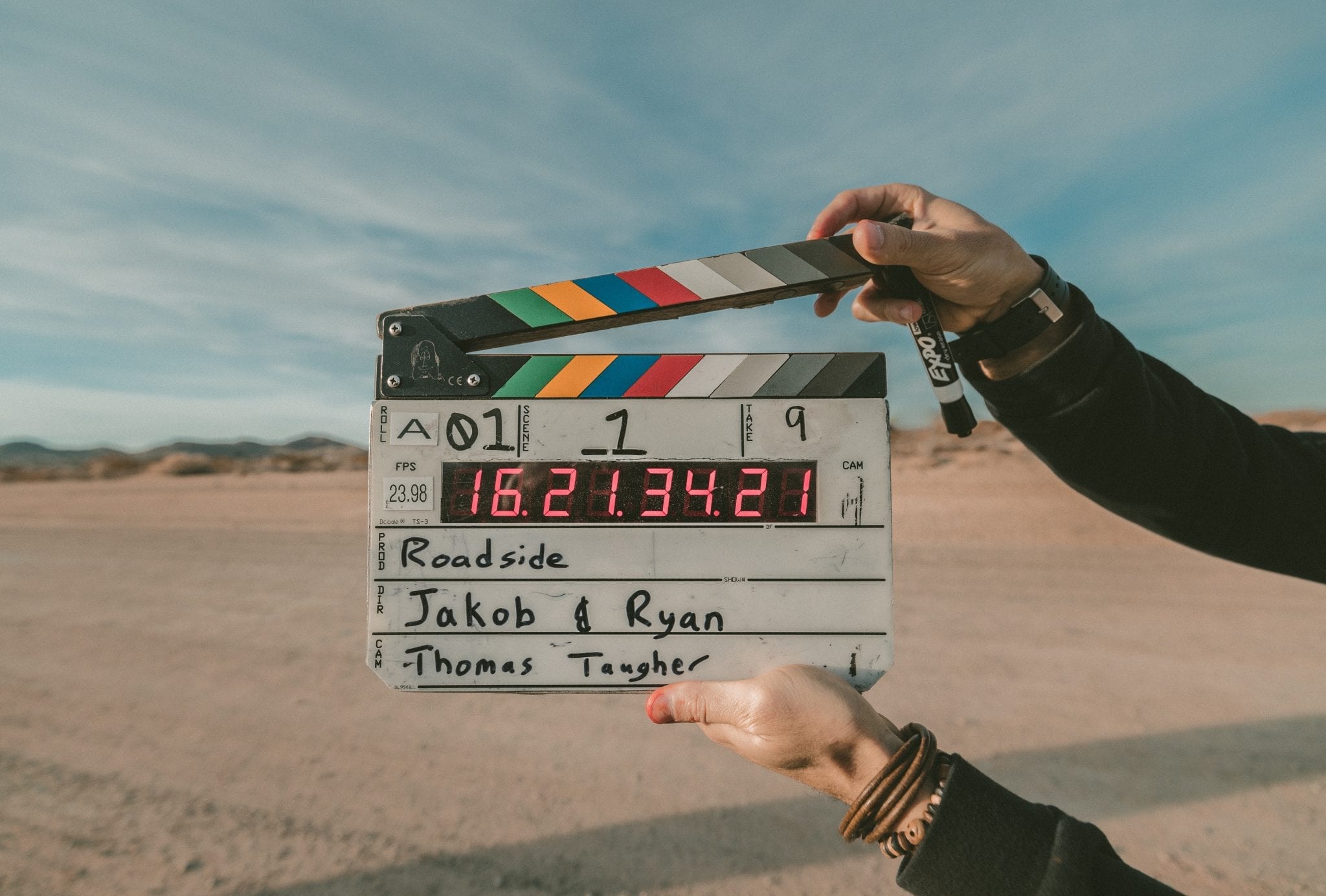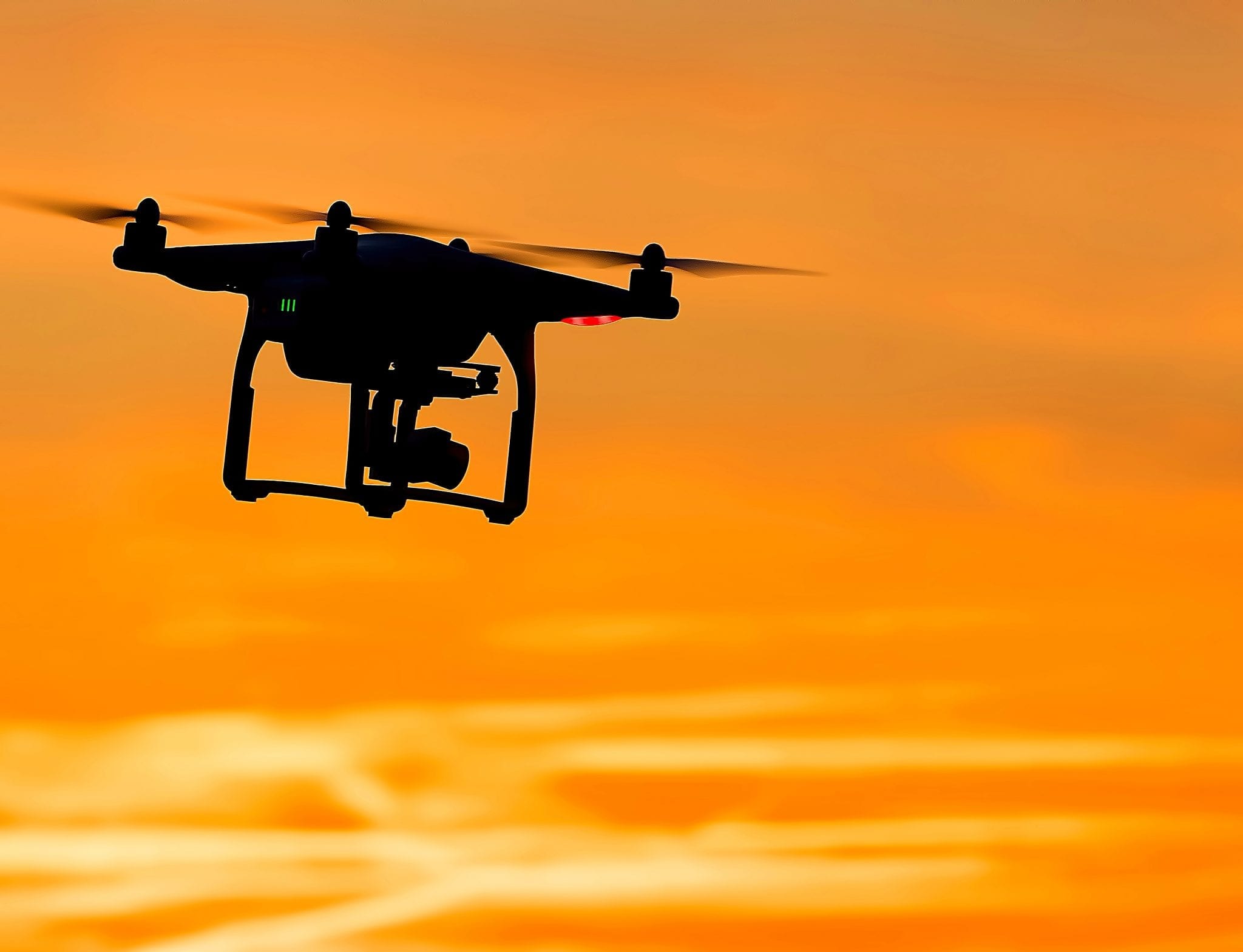Today on the Edge of Innovation, we are talking with Brian Gravel about Media Technology and working with video.

Hacking the Future of Business!

Today on the Edge of Innovation, we are talking with Brian Gravel about Media Technology and working with video.

Today on the Edge of Innovation, we are talking with Brian Gravel about The Amazing New World of Drones.

Today on the Edge of Innovation, we are talking with Brian Gravel about Media Technology.
Today on the Edge of Innovation, we are talking with Ed Alexander, founder of Fan Foundry, about developing your Website Content as well as content segmentation and publishing.

Today on the Edge of Innovation, we are talking with Ed Alexander, founder of Fan Foundry, about Search Engine Results and getting on page one of search results.